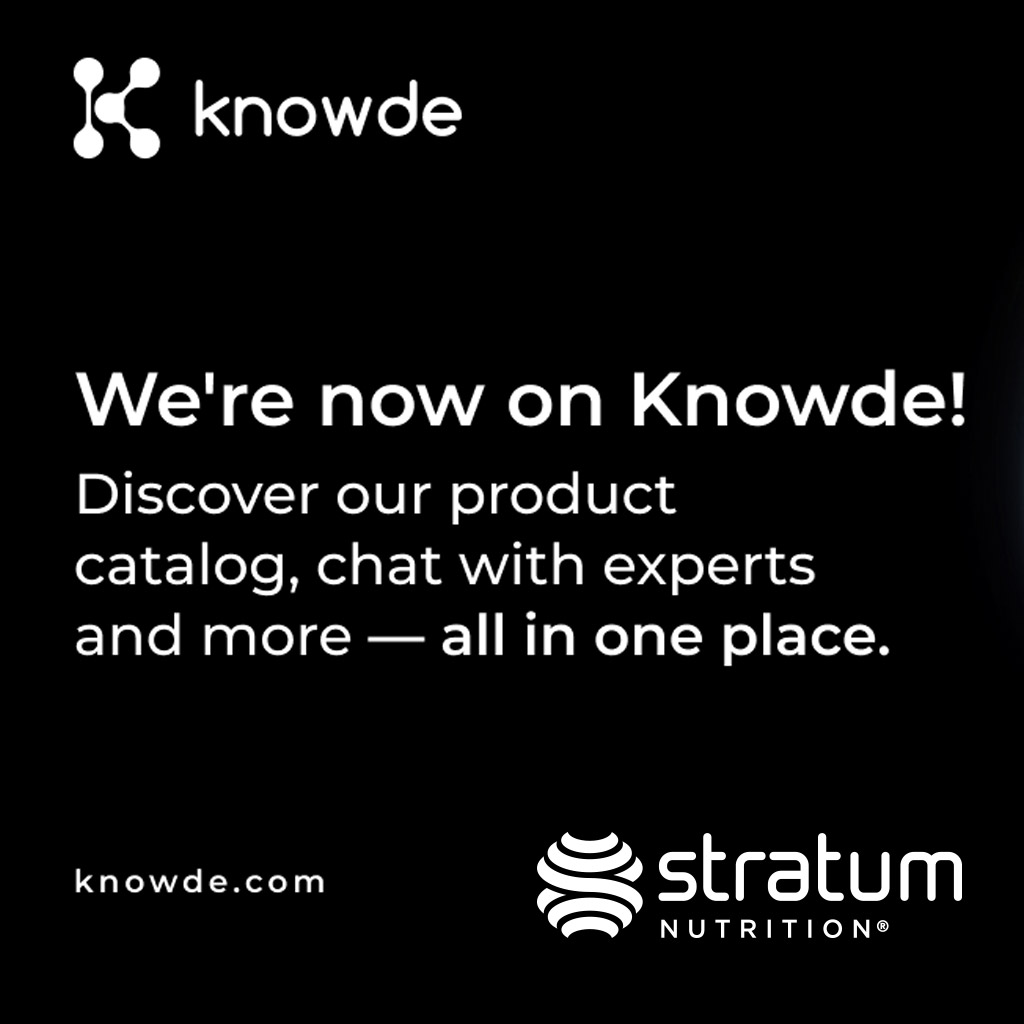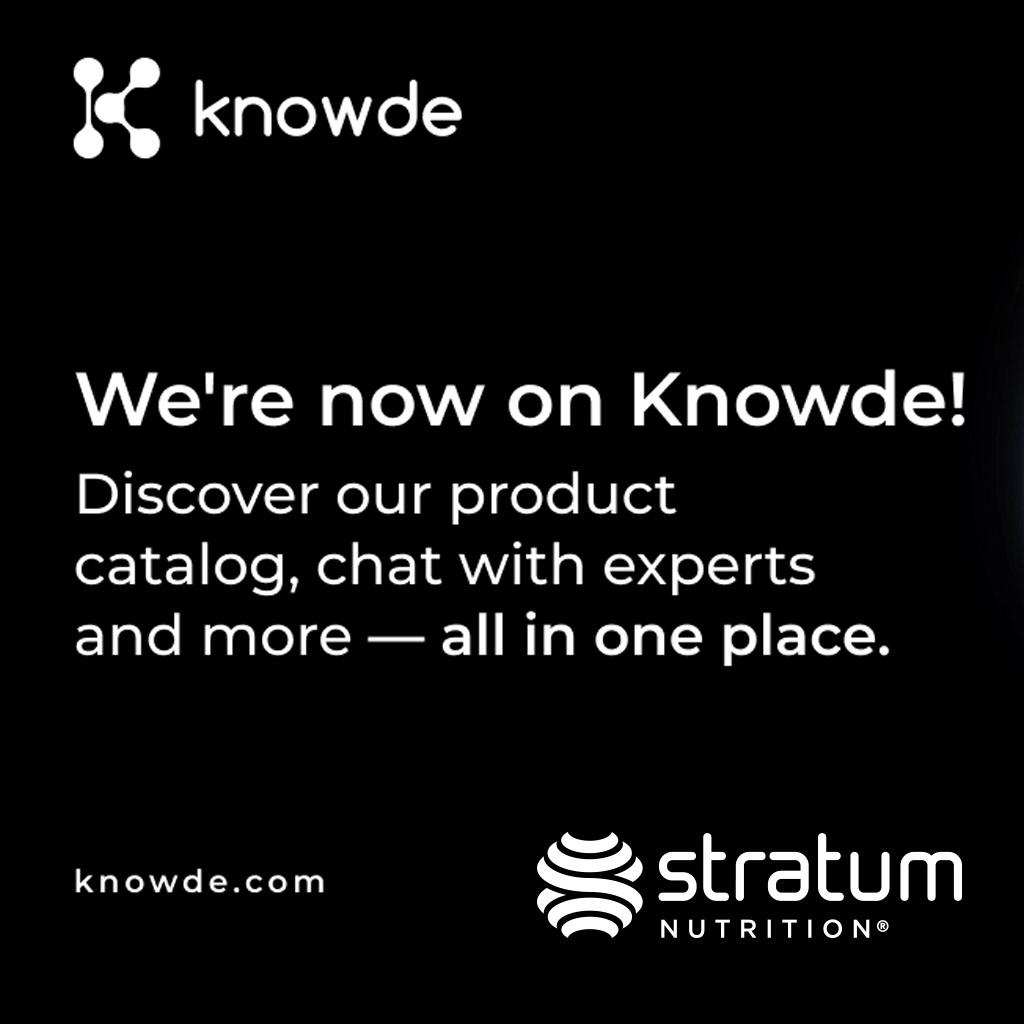NEM® - Leader of the Pack
Apr 14 2020
| Ingredient News
| Jackie Rizo
NEM® is considered the leading eggshell membrane ingredient on the market today. Our very own Scientific and Regulatory Affairs Manager, Nena Dockery, explains just how NEM® leads the pack by caring for joints every step of the way.
What makes NEM® different from other eggshell membrane ingredients?
NEM® is the original eggshell membrane joint health ingredient. It is the only one backed by a broad range of published research studies encompassing not only randomized control clinical trials, but also in vitro mode-of-action, in vivo studies and veterinary trials. Both subjective and objective measurement tools are used to assess benefits, which adds another level of substantiation to the results. The manufacturing process for producing NEM begins with the positive environmental impact of securing US sourced eggshells from the food processing industry that are headed for disposal in landfills. Separation of the membrane from the shell uses only steam heat, and the membrane is then partially hydrolyzed through a gentle enzymatic process. The entire process is safe for the environment and safe for both manufacturing personnel and human and animal consumption (excluding egg allergen risks).
How do our ingredients meet current trends—in terms of sourcing, dietary needs, etc.?
Stratum Nutrition is dedicated to keeping up with current trends in all areas from sourcing fully traceable, consumer-relevant ingredients to helping our customers market a finished product. Stratum recognizes that consumers are now more interested in clean labels and transparency from the companies that distribute the products they buy; and therefore, we look for ingredients that are sustainably produced and friendly to the environment. As a result, the botanical ingredients we source are natural, and are tested for potential contaminants. Non-botanical ingredients are minimally processed to ensure the most natural finished ingredient possible.
In seeking out new ingredients, Stratum values ingredients that help fill in the gaps in the dietary needs of the end-consumer, constantly striving to find ingredients that are safe and well-researched.
Can you summarize the research backing NEM® for joint health?
NEM® is backed by a broad portfolio of research studies including
The two most recent NEM® clinical trials are companion studies in healthy individuals, in which exercise was used as a modality to induce pain and stiffness following exercise. The primary endpoint in both studies was a change in urinary levels of carboxy-terminal crosslinked telopeptide of type II collagen (CTX-II), a recognized biomarker of Type II collagen metabolism and breakdown. Secondary endpoints included changes in pain and stiffness associated with exercise and measured both immediately and after a 12-hour rest period to measure recovery improvements. Both studies revealed significant reductions in CTX-II levels with NEM® supplementation, indicating a substantial benefit to joint cartilage integrity. Improvements in both pain and stiffness were also noteworthy. The subjects in the first study were post-menopausal women, a demographic particularly susceptible to joint challenges.1 The second study expanded the age and gender parameters to include both men and women, ages 40-75. It is not yet published.
- 2 healthy person randomized control trials (one published and one recently completed unpublished trial)
- 2 published clinical randomized control trials (RCTs)
- 3 published open label human trials
- 2 published in vitro mode-of-action studies
- 3 published in vivo animal studies
- 1 published veterinary randomized control trial (in dogs)
- 1 published safety study (multiple safety studies published together)
- 1 clinical trial design study
These two healthy person trials build on an already impressive group of clinical trials including two additional RCT studies in individuals with pre-existing joint challenges2,3 and three open-label studies, two of which were independent trials.4-6
Several in vitro trials have provided crucial information regarding how NEM® functions in the body7, revealing a proposed oral tolerance mechanism8 through which NEM® exerts substantial anti-inflammatory action.8 These results are bolstered by animal studies, which further elucidate the mechanisms through which NEM exerts its effects.9-11 Several veterinary trials have also been conducted, most recently, a canine RCT study.12 Rounding out the portfolio is a comprehensive safety study and clinical trial design study.13,14
In summary
For more information on the leader of eggshell membrane ingredients, NEM®, contact us. We are here for you.
- NEM® has been shown to help relieve pain associated with exercise in as little as 1 day and stiffness in as little as 4 days. For those with discomfort and stiffness associated with chronic wear-and-tear on joint tissue, RCT studies revealed significant reductions in pain and stiffness in as little as 7-10 days.
- NEM® supplementation has been shown to significantly decrease an objective biomarker (CTX-II) of joint cartilage metabolism and breakdown in exercising individuals. These results were reinforced in animal studies and in a veterinary RCT.
- NEM® has not only be shown to be safe in the human subjects participating in the clinical trials, but has also been the focus of published safety studies revealing its extraordinary safety.
References:
1 Ruff KJ et al (2017) Clin Interv Aging 13:285-295.
2 Ruff KJ et al. (2009) Clin Rheumatol 28:907-914
3 Eskiyurt N, et al (2019) J Arthritis, 8(4) 1000285
4 Ruff KJ et al. (2009) Clin Interv Aging 4:235-240
5 Danesch U et al (2014) J Arthritis 3(3):136
6 Brunello E and Masini A (2016) Int J Clin Med 7:169-175
7 Benson KF et al (2012) J Medicinal Food 15(4):360-368]
8 Ruff KJ et al (2015) J Inflamm Res 8:49-57
9 Ruff KJ and DeVore DP (2014) Mod Res Inflamm 3(1):19-25
10 Sim BY et al (2015) J Nutr Health 48(4):310-318
11 Wedekind KJ et al (2016) Mod Rheumatol 27(5):838-848
12 Ruff KJ et al (2016) Vet Med Res Reports 7:113-121
13 Ruff KJ et al (2012) Food Chem Toxicol 50:604-611
14 Ruff KJ et al (2019) J Nov Physiother 9(3):1000415








